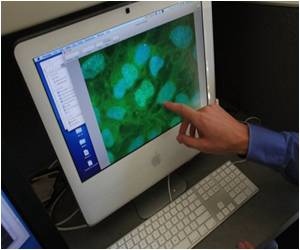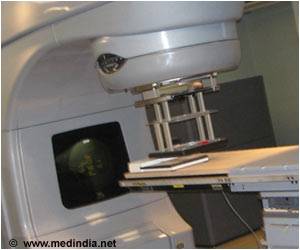Knowing the probable survival status of a glioma patient may help physicians choose the best treatment.

‘The new biomarker for glioma can help doctors determine how aggressive a cancer is and could eventually help determine the best course of treatment.’





Researchers at UT Southwestern Medical Center have found a new
biomarker for glioma, a common type of brain cancer, that can help
doctors determine how aggressive a cancer is and that could eventually
help determine the best course of treatment.
Researchers from the Harold C. Simmons Comprehensive Cancer Center found that high expression of a gene called SHOX2 predicted poor survival in intermediate grade gliomas. "As an independent biomarker, SHOX2 expression is as potent as the currently best and widely used marker known as IDH mutations," said Dr. Adi Gazdar, Professor of Pathology in the Nancy B. and Jake L. Hamon Center for Therapeutic Oncology and a member of the Simmons Cancer Center.
In combination with IDH mutations or several other biomarkers, SHOX2 expression helped to identify subgroups of patients with a good prognosis even though other biomarkers had predicted a bad prognosis. "Our findings are based on analysis of previously published studies. They will have to be confirmed in prospective studies, and their clinical contribution and method of use remain to be determined," said Dr. Gazdar, who holds the W. Ray Wallace Distinguished Chair in Molecular Oncology Research.
The findings are published in EBiomedicine.
Source-Eurekalert















